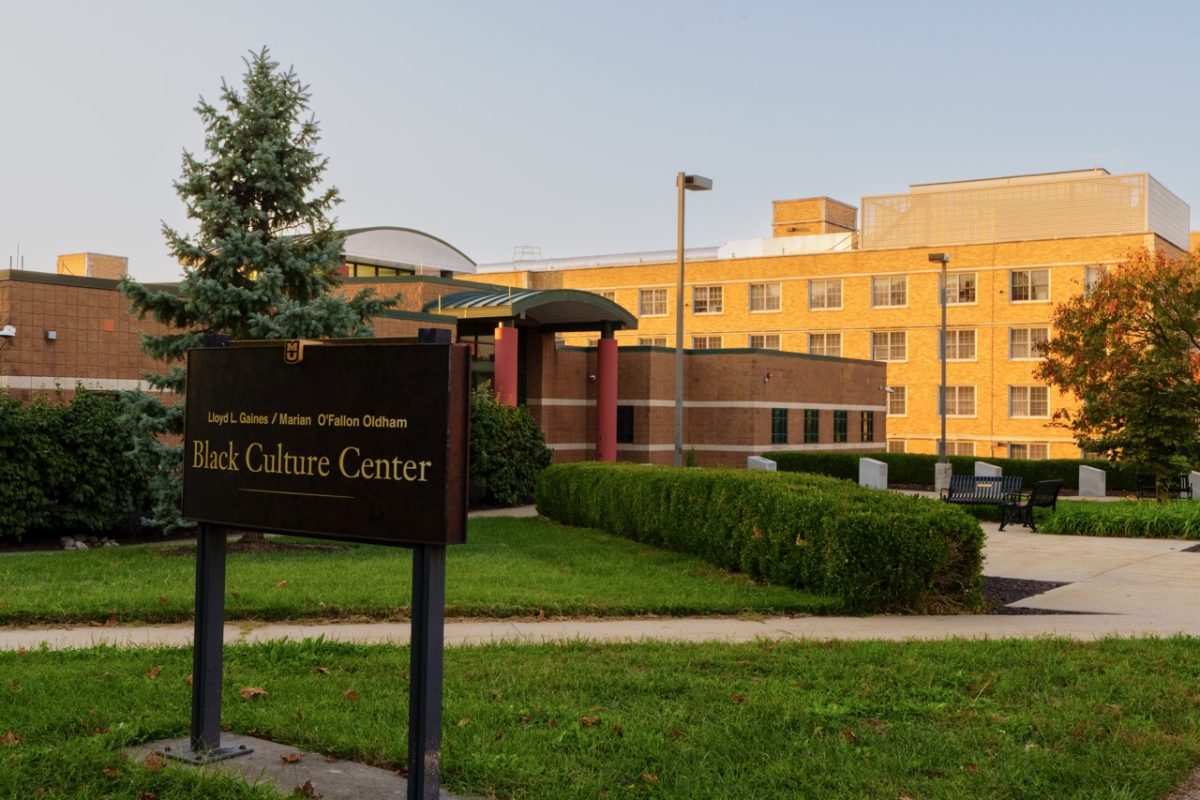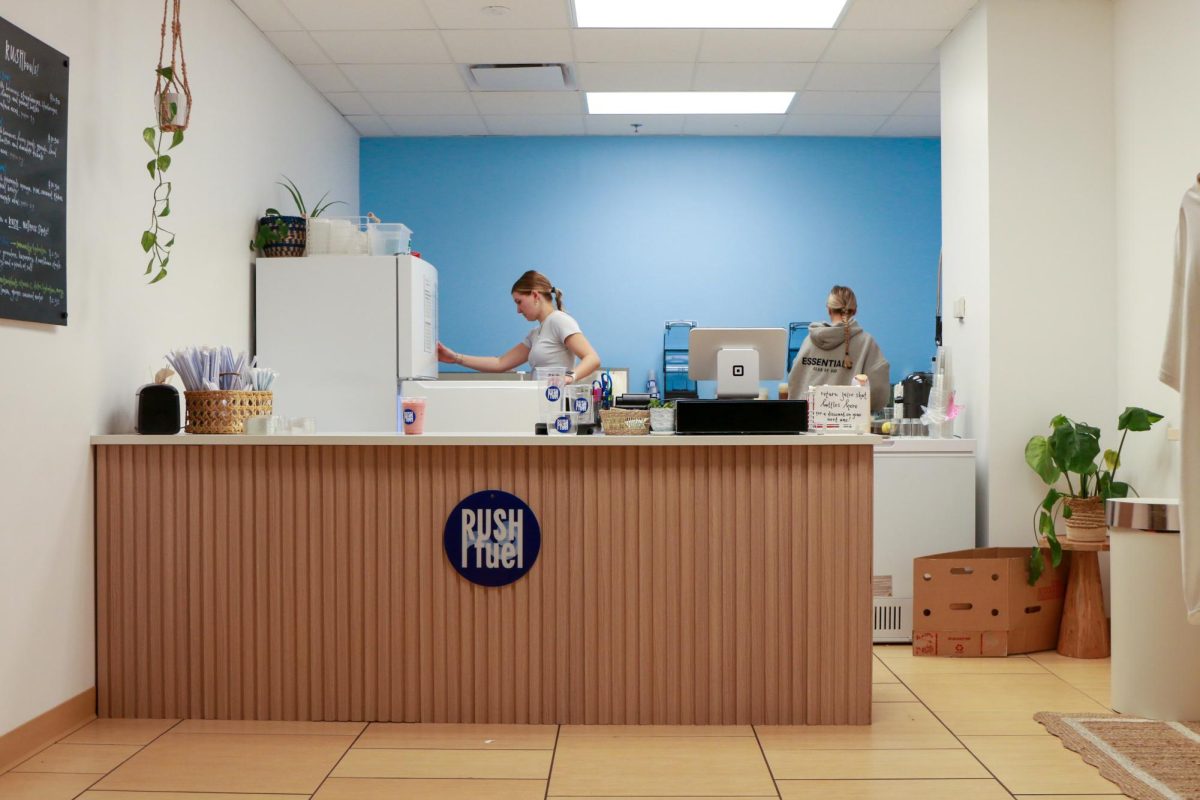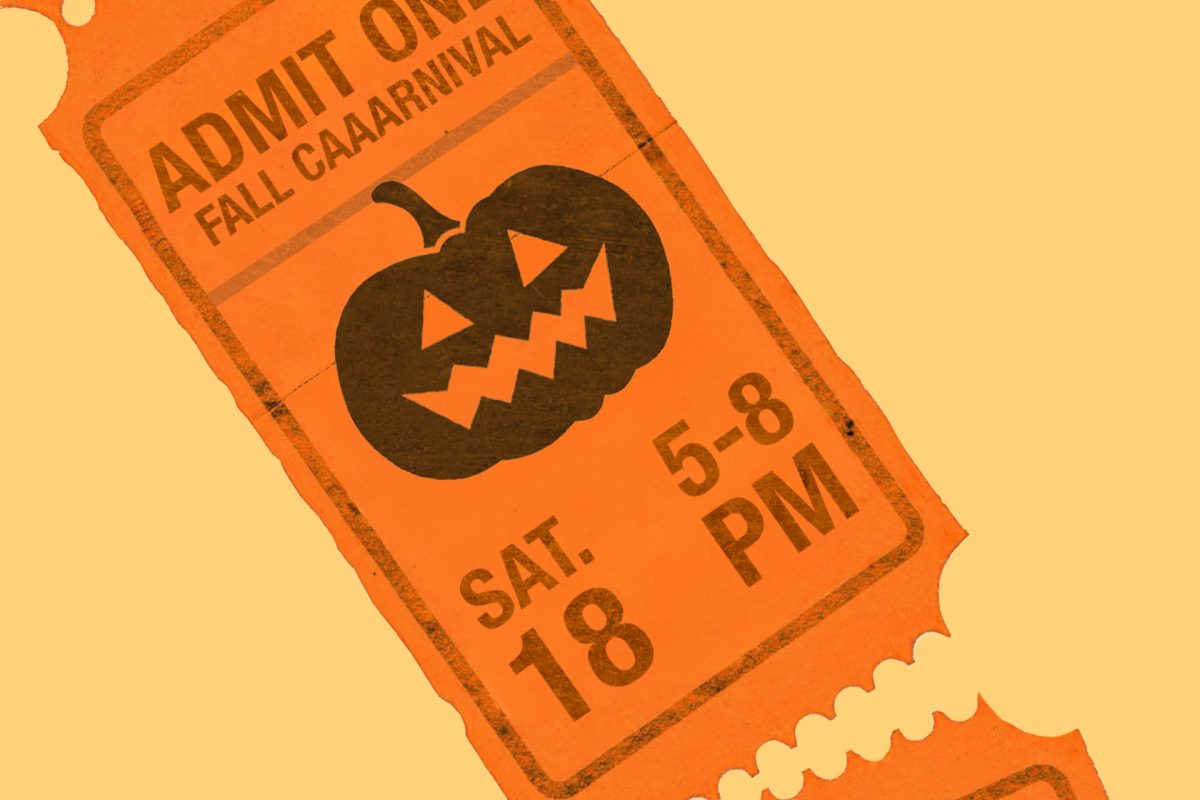There’s a good chance you heard about MU last fall. We made a lot of headlines with numerous rallies and resignations. Maybe you saw [The Maneater’s timeline](https://www.themaneater.com/special-sections/mu-fall-2015/) that outlined events or you followed walkouts on Twitter. For those of you who aren’t quite sure what made fall 2015 such an iconic one for MU, here’s a quick refresher on what went down.
**What was it that started everything?**
Well, there’s not quite one thing that can be attributed to rocketing MU into the news. Tension toward the administrators at the time had been building on campus since August. Frustrations over graduate student health care, Planned Parenthood abortion services and swastikas drawn in feces were just some of the controversies occurring simultaneously. However, there were a few key moments that acted as catalysts.
The first was in September, when then-Missouri Students Association President Payton Head shared that he had been called a racial slur. His Facebook post went viral, and it resulted in the first “Racism Lives Here” rally that criticized administration for taking six days to respond to the incident.
A month later, graduate student Jonathan Butler started an indefinite hunger strike that he said would end in either UM System president Tim Wolfe’s resignation or Butler’s own death.
Five days later, the football team boycotted football-related activities until Wolfe was removed. Although numerous walkouts, demonstrations and statements had been issued before, this was the point when national media outlets could be found staking out the Concerned Student 1950 campground and administration began taking more action.
**Whoa, that was a lot. Who was it that resigned, exactly?**
That depends on who you’re referring to. Over 20 MU and UM officials have resigned since November. Some of the resignations include:
_Tim Wolfe, former UM System president_ — Oversaw all four UM System universities (MU, S&T, UM-Kansas City, UM-St. Louis) and its more than 77,000 students. Wolfe’s resignation was one of CS1950’s eight initial demands.
_R. Bowen Loftin, former MU chancellor_ — Head of MU. Loftin had only been chancellor for 22 months before his resignation. He was criticized by some for his lack of action regarding graduate student housing and health care and for limiting the continuation of abortion services in Columbia.
_Chuck Henson, interim vice chancellor for diversity, equity and inclusion_ — Henson was one of the many interims that were appointed after last fall. His position was created when many new diversity initiatives were also introduced on campus. He served for a little over five months.
_Ann Covington, Yvonne Sparks, David Steward, former UM System curators_ — Members of the UM System Board of Curators, the head governing body of the UM System. All three resigned before their current terms were set to expire, including Sparks, who served for less than two months and whose term wasn’t set to expire until Jan. 1, 2021. Sparks and Steward resigned within five days of each other.
_Gary Pinkel, former head football coach_ — His resignation came after 15 years at MU and his diagnosis with lymphoma, a cancer of the blood. Pinkel’s resignation was not directly related to the events of last fall, and he even tweeted out a photo of the football team writing, “The Mizzou Family stands as one. We are united. We are behind our players,” when the team announced its boycott.
The Mizzou Family stands as one. We are united. We are behind our players. #ConcernedStudent1950 GP pic.twitter.com/fMHbPPTTKl
— Coach Gary Pinkel (@GaryPinkel) November 8, 2015
**What does the acronym CS1950 stand for?**
CS1950 refers to the group “Concerned Student 1950,” a driving force of the demonstrations last fall. The group was [founded by 11 members](https://www.themaneater.com/stories/2015/12/7/concerned-student-1950-plans-continue-educate-stud/), including graduate student Jonathan Butler. Some of the original members knew each other from participating in the “MU4MikeBrown” movement in 2014 that was started by three queer black women, Butler said. CS1950 issued lists of demands and statements last fall in addition to holding demonstrations and meetings with campus officials.
**I saw a bunch of tents on the news. What was that about?**
Members and supporters of CS1950 camped out on the Carnahan Quadrangle until Wolfe resigned. They set up tents, even during the rain, and supporters brought them supplies throughout their protest.
**Wasn’t there a fight that broke out on the campground?**
Not exactly. The area was dubbed a “no media zone” by demonstrators, which was a factor in the viral video you may have seen of an altercation between student journalists and former MU professor Melissa Click. Demonstrators celebrating Wolfe’s resignation clashed with student journalists over their attempts to take get closer to the campsite to cover the event, and Click called for “muscle” to help remove a student journalist. The UM System Board of Curators later suspended her. CS1950 supported Click throughout the fall and spring.
**I heard the KKK was on campus. Is that true?**
MUPD never confirmed the presence of the KKK on campus. However, threats were made against black students on the anonymous social media app Yik Yak. Some professors canceled class in response to students’ fears of showing up on campus the next day. The Missouri University of Science and Technology student who posted the threats [was later arrested](https://www.themaneater.com/stories/2015/11/11/suspect-arrested-yik-yak-threats/).
**Wait, did you say something about a swastika earlier?**
Yes. It was found [drawn with feces in a bathroom](https://www.themaneater.com/stories/2015/10/29/swastika-drawn-residence-hall-feces/) in Gateway Hall. Similar anti-Semitic incidents [have happened in residential halls before](https://www.themaneater.com/stories/2015/4/13/mu-officials-investigate-anti-semitic-writing-resi/), when a student drew two swastikas in Mark Twain Hall in 2015. And that wasn’t the only instance of vandalism on campus this past fall. The word “Black” on the Gaines/Oldham Black Culture Center sign was also painted over in black spray paint after Wolfe and Loftin’s resignations.
The “Black” has been eliminated in “Black Culture Center”.
We’re not afraid.
You clearly are.Stay strong Mizzou. pic.twitter.com/Z45Wt3Ydx9
— LBC (@MizzouLBC) November 12, 2015
Some graffiti that appeared on campus was more benign, with someone painting a stop sign to read “Stop Hate” and students covering Speakers Circle with inspirational quotes written in chalk.
A stop sign at the corner of Sixth St. and Conley on @Mizzou campus. #ConcernedStudent1950 @TheManeater pic.twitter.com/HxFwKPjtFt
— Nancy Coleman (@nancylcoleman) November 9, 2015
Students write quotes and statements in chalk in support of #ConcernedStudent1950 at Speakers Circle. @TheManeater pic.twitter.com/O30h0fdHby
— Tessa Weinberg (@Tessa_Weinberg) November 9, 2015
**So now that all that happened, everything is back to normal now, right?**
Not yet. While there may not be a hunger strike on campus or calls for resignations, MU is still in the process of healing and navigating the tumultuous events of the fall. Currently, both the UM System president and MU chancellor positions are held by interim administrators while a search for permanent replacements continue. Demonstrations, while fewer in number, still continued after Wolfe’s resignation. Enrollment is down, and multiple residential halls have closed as a result. We’re still working it out.
**Is MU racist?**
Many students shared their surprise last fall when it seemed as if there was a demonstration or resignation every other day. Some said they didn’t know racism still existed. The events of last fall were a wake-up call for some, and yet representative of the hostility many students on campuses across the nation feel. Students at over 100 schools across the globe [stood in solidarity with MU](https://www.themaneater.com/stories/2015/11/12/interactive-map-schools-nationwide-support-mu/), and similar student movements were simultaneously unfolding at universities such as Stanford and Yale. While MU’s historic fall was not only a result of issues surrounding race, it was also a build-up of issues with university leadership and student rights.
_Edited by George Roberson | [email protected]_








